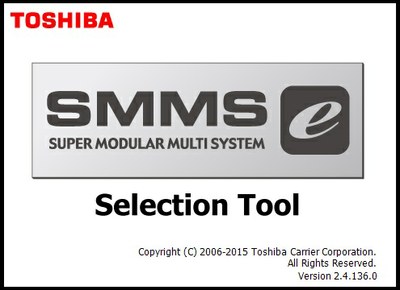In the years since World War II plastics have frequently become the material of choice for most highly corrosiveenvironments. It started in piping hard-to-handle chemicals and soon transferred to uses involving corrosive and noxious fumes. Plastics’ resistance to attack by a wide range of chemicals, along with their cost advantages, make materials like PVC, polypropylene and polyethylene important alternatives for industrial uses. Plastics bring to the air-
handling industry durable materials that will outperform standard sheet metal and some specialty metals, where toxic or corrosive fumes must be handled in the process of making them environmentally safe.The addition of many new plastic materials provide an ever-growing list of compounds to choose from. These synthetic materials have often been misunderstood by the sheet metal and air-handling industries. The difficult-to-pronounce names, the assembly techniques, the temperature and chemical resistance considerations all have contributed to confusion about which material best fits the application. This manual is intended to assist in understanding these synthetic materials and how to better utilize their advantages. It should be stated that plastics are not the answer to all problems for tough-to-handle exhaust systems. They have many limitations in the areas of resistance to heat, organic solvent attack, ultraviolet degradation and fire safety. Each must be considered carefully when choosing one or more of these materials. This manual pulls together basic information from manufacturers, fabricators and corrosion specialists to present a guideintended to avoid misapplications and increase the understanding of thermoplastic materials.
SMACNA is indebted to the limited number of people who gave their time in the preparation of this manual. Their willingness to share their knowledge and experience in plastics confirms their dedication to both an industry and a trade.
Click Here To: Download








